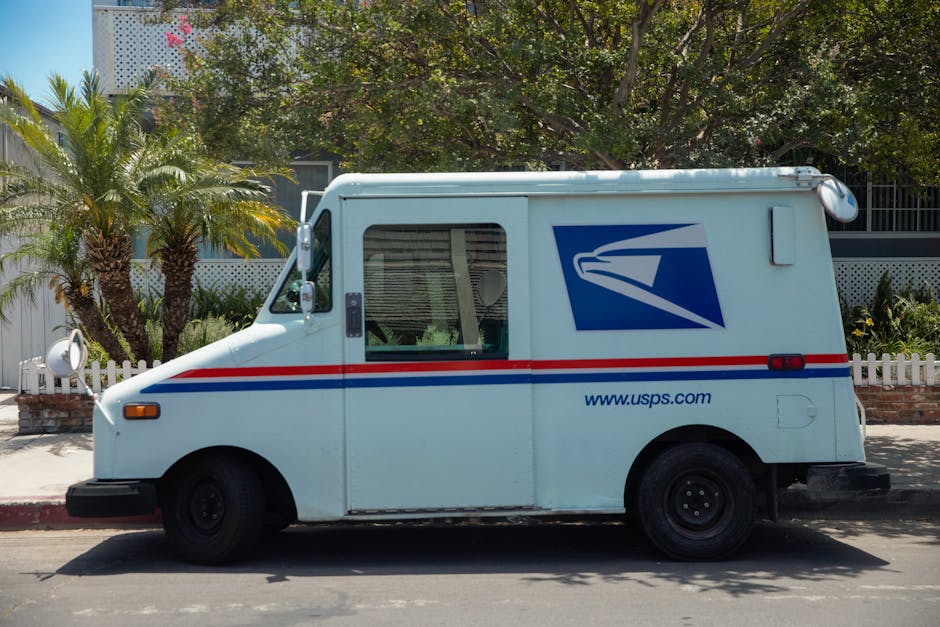**
India Ramps Up US LPG Imports Amid Trade Pressure & Rising Demand
India has announced a significant increase in liquefied petroleum gas (LPG) imports from the United States, a decision linked to both domestic demand and geopolitical trade pressures. While the government attributes the move to the success of the Pradhan Mantri Ujjwala Yojana (PMUY), critics argue it’s a strategic concession to the Trump administration.
Ujjwala Scheme Fuels LPG Demand Boom
Launched in 2016, the Ujjwala scheme has provided over 95 million free LPG connections to women in low-income households, drastically reducing reliance on polluting biomass fuels. This initiative has spiked India’s LPG consumption, growing at 8% annually.
Despite being a major LPG producer, India imports 40% of its needs, mostly from Middle Eastern suppliers like Saudi Arabia and Qatar. With domestic production lagging, imports are inevitable—but why the US?
Trump’s Trade Push: Why the US?
The Trump administration has aggressively lobbied India to buy more American energy products—crude oil, natural gas, and now LPG. Reports suggest US officials linked the deal to broader trade negotiations, including defense and visa policies.
For India, maintaining strong US ties amid China tensions may justify the shift, but concerns linger:
- Higher Costs: US LPG is pricier due to shipping—will subsidies or consumer prices rise?
- Geopolitical Risks: Over-reliance on US supplies could expose India to trade uncertainties.
- Domestic Impact: Will local LPG production stagnate with increased imports?
Political Backlash & Government Defense
Opposition leaders, including Rahul Gandhi, criticize the deal as “diplomatic surrender.” Meanwhile, Petroleum Minister Dharmendra Pradhan insists it “ensures energy security for Ujjwala beneficiaries.”
What’s Next for India’s LPG Market?
India plans to double US LPG imports within a year, reshaping global energy trade. Whether this benefits consumers or merely serves short-term diplomacy remains uncertain.
As India balances welfare schemes and trade pressures, the real test will be affordability and supply stability for millions of households.
**




